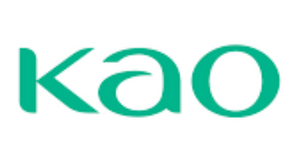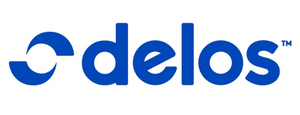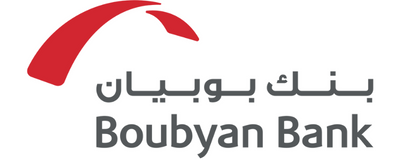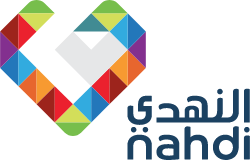Image analysis that extracts key topics, themes, entities and sentiment insights from any image content
Book a 15-minute demoWhat is image analysis?
Images are complex, multilayered, and rich media. Every image can have both important as well as unimportant information. The aim of Image Analysis is to identify and extract specific and meaningful information in an image that is being sought by the searcher. This is why image analysis is also referred to as computer vision or image recognition. Computer vision can easily tell the difference between a table and a chair, but it can also tell you the design and era of both items.
The cornerstone of image recognition is image classification: Give a computer an image, put a label on that image and computers know thousands of classifications at the click of a button. Why is this useful to companies and brands? Every day, millions of pictures are posted to Instagram, Facebook, Snapchat, and TikTok and in those images, customers are expressing how they feel about a brand without even realizing it. Digital Image Analysis goes beyond classifying eras and designs of furniture, it can give you direct insights into what your customers want to see, their brand preferences, how they feel about a product, and more.
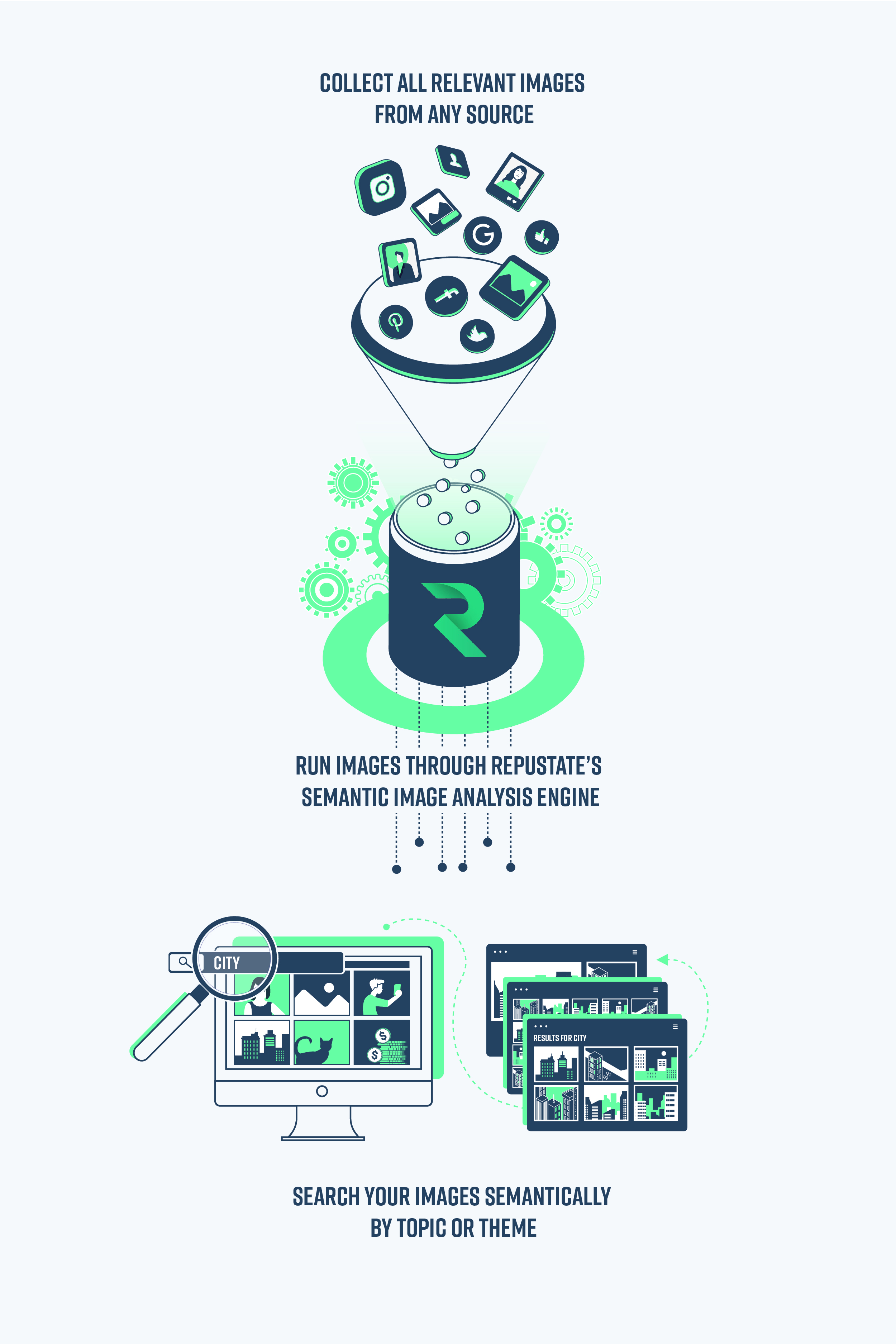
Why do you need image analysis?
It is frequently said that we live in a visually oriented world, but what does that mean? It simply suggests that people are increasingly choosing to create, distribute, and consume digital and visual images as a means of communication. Images are quickly outnumbering text and words in a world where audience attention spans are shortening, and screen times are increasing. The advent of social media and smartphones has contributed to this exponential growth in the use of images as an effective means of communication.
Just think of the latest social media platforms that have grabbed up market share as well as user engagement: Mobile apps such as Snapchat, Instagram, and the newest TikTok phenomenon, are all image and video-based. As more and more images are used, knowledge management is challenged with the ability to quickly and accurately identify, extract, and analyze important content found within those images and also make those insights useful and actionable to companies, brands, consumers, and knowledge workers.
What if a company were to apply the same principles of sentiment analysis and deep search capabilities to Image Analysis? Instead of trying to read between the lines, gain insight into what your prospects and customers are saying via the images that they post.
How can you use Sentiment Analysis with image analysis?
For brands and companies, a picture really is worth a thousand words. If you had a tool that could analyze your image by applying the same principles of Sentiment Analytics and Semantic Search for brands or keywords shown within the image, you'll know a lot more than just your customer's brand preferences.
Using Image Analytics gives you deeper insights into who your customers are and more importantly, what they want. Frame future marketing campaigns for success, adjust your brand strategies and listen to what your customers have to say with Digital Image Analysis.
Sentiment Analysis: The window into your customer's mind
With Sentiment Analytics, your brand or company can gain deeper insights into just what is being shown in a video still or image. Used in combination with the text beneath the image, and your customer's feelings can be extracted and analyzed in such a detailed way that we've never seen the likes of before. Even if your brand isn't tagged in the image, semantic search can fish it out and bring it to the surface. Your customers give a lot more feedback on their social media than they ever would in a product review; stay ahead and give them what they want with Repustate's Digital Image Analysis.
Repustate and Image Analytics
Why choose Repustate?
Repustate has trained a machine-learned model to identify and classify images, whether it's a person, business, place, or thing. When presented with an image (or the individual frames of video content), Repustate's image analysis model classifies the various entities found in an image and stores the analysis in Repustate's Semantic Search index. This makes the image searchable and discoverable.
Combine this with Repustate's Named Entity Recognition for text data, and you can now search your content libraries regardless of the format it is in, be it audio, video or text.
With our ability to understand and analyze over 20 different languages, your customer's sentiments can be read no matter the hashtag or slang used.

